The Pandemic Has Underscored the Need for More Urban Parks. So What Comes Next?
In communities across the country, parks and open space have seen dramatic increases in use this year as people sought refuge and respite from the COVID-19 pandemic. With public health guidelines recommending staying close to home, urban residents have been using public spaces in unprecedented numbers as places to exercise, be closer to nature, and socialize, dine, or shop at social distances. They have used public spaces to access essential services and to hold protests and demonstrations. The pandemic has elevated the value of parks and open space and has underscored the benefits for cities of creating more public spaces and more equitable access to them. It also has highlighted significant challenges, including how to pay for parks in the face of a looming fiscal crisis.
In many cities, the pandemic prompted city leaders to implement workarounds in neighborhoods without access to parks. The success of adaptive projects like widening sidewalks and bike lanes or closing streets to traffic has encouraged cities to continue to think creatively for the long term. COVID has also prompted discussions about how reimagining public space and creating new collaborations between public agencies could help city leaders make progress toward key urban goals, such as encouraging safer active-mobility options, expanding access to opportunity in underserved neighborhoods, converting vacant or underused land for public use, and developing greater climate resilience. Underlying all of this, the push for creating and maintaining traditional parks—and ensuring equitable access to them—continues.
“The pandemic has proven that parks are essential infrastructure,” says Adrian Benepe
Read the full article on Lincoln Institute of Land Policy
Author: Kathleen McCormick
Recommended by Stephanie Cheung

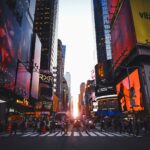
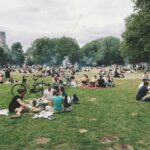
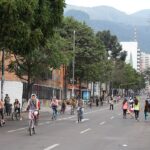
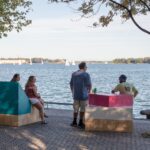
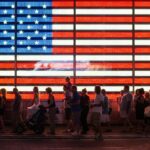

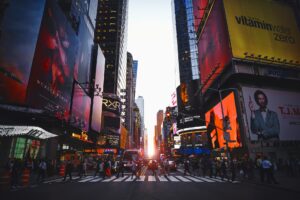
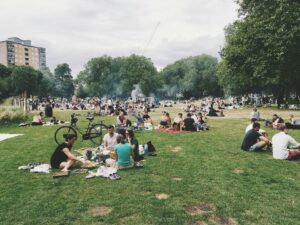
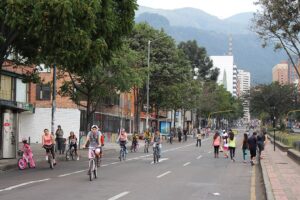
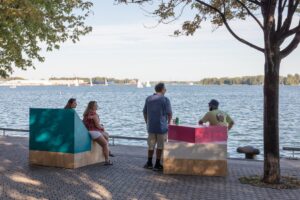
More Stories
TULIP – Your place at the table / ADHOC architectes
Public Space Reader
Public Space: notes on why it matters, what we should know, and how to realize its potential